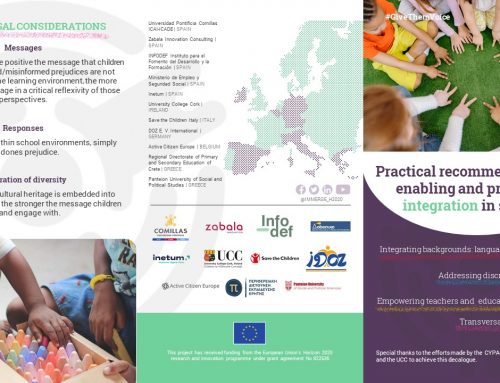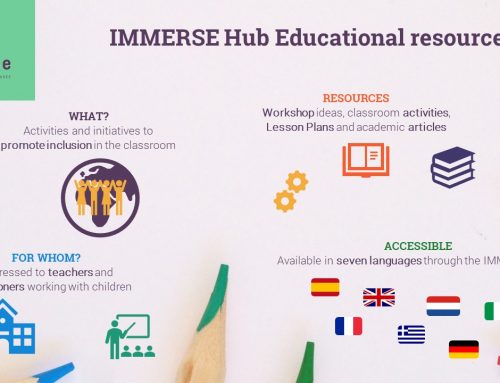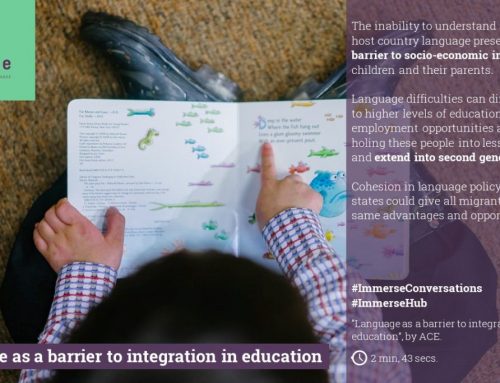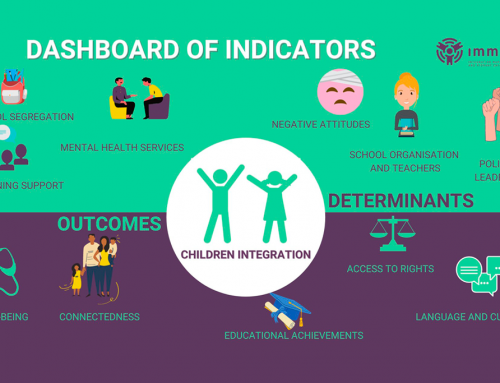This survey has been answered by a group of 18 teachers from La Salle (Irún, Spain). In their regular classes, they have 10% of migrant students. During informal training, however, the percentage of migrant students can reach 60 or 70%.
1. When you think about your students, what do you understand as integration?
We understand integration as the realization of teaching students without discrimination of any kind, and as students relating to each other on equal terms. It is true that in our case, as students are over 16, they mostly start classes with a set of previously acquired skills and good language skills, so they do not face major problems to integrate.
Real integration is based on a situation in which all students, regardless of their origins or circumstances, feel part of the group and can perform the activities in the same way as the rest.
2. Do you think migrant students are well integrated into the classroom?
In general, yes, they are. Sometimes, due to their circumstances, migrant students show greater interest and have clear goals. We have a case, for example, in which a migrant student is doing mentoring work.
3. What are the main challenges, as a teacher, to encourage the integration of migrant students?
The challenges depend heavily on the ratio between migrant and local students. In our case, the ratio is small and migrant students arrive with previous knowledge. In addition, it is worth highlighting that teaching challenges can arise from the integration of students belonging to groups at risk of exclusion (children from poorer families…), it is not something that only affects migrants.
However, one of the challenges might be the understanding of the diverse realities of migrant students.
4. What resources/tools would be useful to help teachers foster classroom integration?
What is especially useful is to apply an active and participatory methodology when teaching. Make an effort to integrate the different cultural backgrounds and encourage migrant students to share their experience and thus enrich the classes. It is essential to empathize with students and to value and share their culture.
It is also necessary to detect the cases of pupils, migrants or not, in which the student has more difficulty in following the syllabus / classwork and to be able to guide him in to actively take part during class
The methodology we are currently implementing in the centre follows the “ETHAZI Methodology – Collaborative learning based on challenges” principles.
However, having more training in emotional intelligence and fewer students in the classroom would improve the care given to students.
5. Which role do you think schools play in the social integration of migrants? (consider not only children but also parents)
Schools are one of the most powerful tools to promote the social integration of migrants when considering all the hours students spend in the classroom. In addition, in many cases schools are the first opportunities migrants have to interact with other local children/young people, it is a way for them to see beyond the ghettos.
They are a great socializing space for children and parents and their effect would be even greater with better coordination with other social services.
6. What message would you like to send to society about integrating children into classrooms?
We need to foster tolerance, value the capacity of others and recognize each other’s needs. We need to promote the permeability of society so that different cultures can be truly integrated.
If we want a more equal and just society, it is essential to educate children in values such as tolerance, empathy and equality.
Everyone has an equal right to an education, without prejudice and with a sense of group cohesion.





